Xi'an: Scenic spots not to miss during May Day holiday
May is the best season to visit the ancient capital – Xi'an, the current capital city of Shaanxi Province, as spring bestows the city bright sunny days and scenery. For a five-day journey in the city, the following sights are not to be missed.
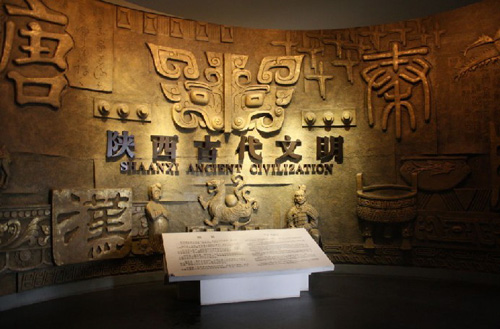
Shaanxi History Museum
Covering an area of 65,000 square meters, the Shaanxi History Museum is located on Xiaozhai East Road, to the northwest of the Giant Wild Goose Pagoda, in Xi'an, the capital city of Shaanxi Province. The museum houses over 370,000 pieces of historical relics including potteries, bronze works, coins, porcelains, murals, paintings, gold and silver objects, which spans a period of more than 1,000,000 years, ranging from the Stone Age to the modern years around 1840. The appearance of the museum recreates the Tang-dynasty (618-907) style and symbolizes the great extent of Shaanxi history and its remarkable culture.
Admission fee: free
Transportation: Take No.k5, 19, 24, 26, 30, 34, 400, 401, 521, 527, 701, 710, 721, 722 or 610 bus and get off at Cuihua Road, Cuihua lu.
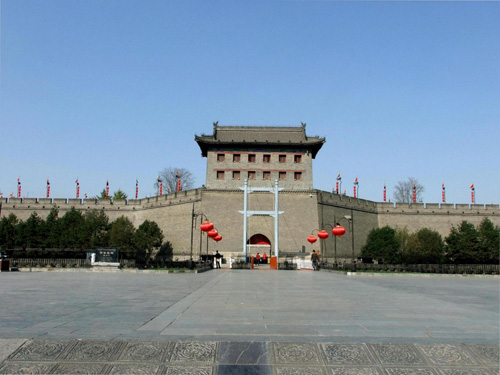
Xi'an City Wall
Measuring 12 meters tall and 11.9 km in length, Xi'an City Wall represents one of the best preserved city walls in China. It was erected in the 14th century Ming Dynasty (1368-1644), under the regime of Emperor Zhu Yuanzhang. The tall, massive and thick wall has divided the city into an inner part and an outer part. Together with the city moat and the city park, it composes the landmark of Xi'an city.
Admission fee: 40 yuan ($6.35)
Transportation:
To the East Gate: Take No.k8, 22, 27, 29, 33, 37, k43, 45, 47, 102, k203, 218, 232, 300, 351 or 612 bus and get off at East Gate, Dongmen.
To the West Gate: Take No.4, 7, 10, 15, k18, 21, 23, 31, k43, 45, 107, 201, 202, k205, 206, 215, 221, 222, 223, 300, 407, 501, 504, 509 or 712 bus and get off at West Gate, Ximen.
To the South Gate: Take No.6, 11, 12, 16, 23, 26, 29, 29, 31, k35, 36, 40, k203, 204, 215, 216, 221, 222, 311, 321, 402, 501 or 600 bus and get off at South Gate, Nanmen.
To the North Gate: Take No.6, 9, 26, 28, 33, 36, 37, 39, 104, 117, k205, 206, k208, 214, 216, k228, 229, 236, 506, 519, 600, 616, 619 or 703 bus and get off at North Gate, Beimen.
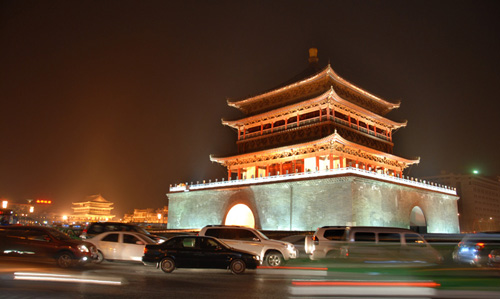
The Bell Tower and the Drum Tower, located at the geographical center of Xi'an, is an important landmark of the ancient city. During ancient times, people rang the bell in the morning and beat the drum in the evening, as a means of telling time. Four streets “East, South, West and North” extend from this important landmark, and connect the Bell Tower to the City Wall. Standing at the top of the Bell Tower, visitors can have a bird's eye view of the Xi'an city, while at the top of the Drum Tower, visitors can enjoy the panoramic view of the Muslim Street.
Admission fee: 27 yuan ($4.28) for the Bell Tower and 27 yuan for the Drum Tower; 40 yuan for both.
Transportation: Take No. 4, 6, 7, 8, 11, 12, 15, 16, 26, 29, 32, 35, 36, 37, 43, 45, 46, 118, 201, 203, 205, 206, 208, 214, 215, 216, 218, 221, 222, 229, 235, 239, 251, 252, 300, 302, 502, 600, K600, 603, 604, K605, 606, 608, 609, 611, 612, K618, K630 or 706...bus and get off at Bell Tower Stop.
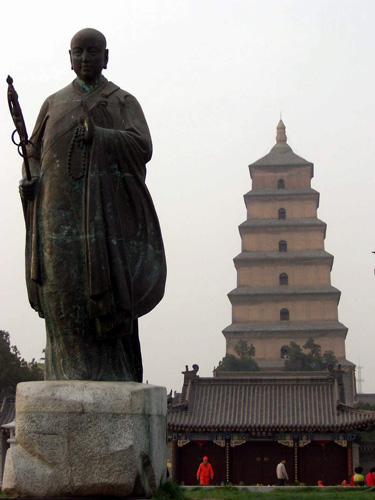
Giant Wild Goose Pagoda
First built in 652 during the Tang Dynasty (618-907), the Giant Wild Goose Pagoda is a Buddhist pagoda located in southern Xi'an. The well-preserved ancient building is a holy place for Buddhists. The famous monk Xuanzang of The Journey to the West once translated the sutras of the Buddha that were brought to China from India in the pagoda.
Admission fee: 50 yuan ($7.94) (March 1 - November 30); 30 yuan ($4.76) (December 1 - end of February)
Transportation: Take the No.5, 19, 24, 30, 34, 44, 400, 408, 601, 606, 609 bus or Tourist Bus No.8 (also known as Bus No.610) and get off at Big Wild Goose Pagoda, Dayanta.
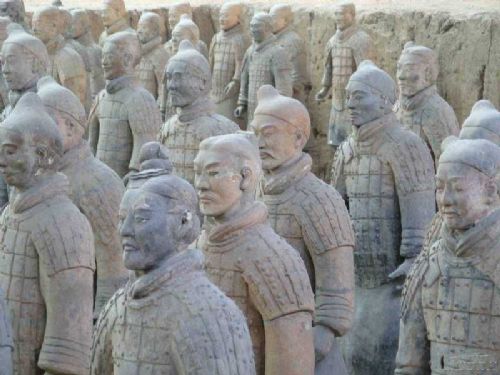
Terracotta Warriors and Horses
Being the most significant archeological excavation of the 20th century, "The Terracotta Warriors and Horses" is a collection of a collection of terracotta army dedicated to Qin Shi Huang, the first Emperor of Chinese feudal society. Located 1,500 meters to the east of the Mausoleum of the Emperor Qinshihuang, three pits which have been currently found held over 7,000 pieces of the terracotta warriors and horses. The figures were made by talented craftsmen in the Qin Dynasty (221BC-206BC). The roles of the figures include warriors, chariots and horses, all vary in size and expression.
Admission fee: 40 yuan ($6.3)
Transportation: take tourism bus No. 5 (306) from Xian Railway Station and get off at the final stop (Bingmayong Stop).